OsCommerce Vs Other Shopping Frameworks
By Alex Carter on October 4, 2024
If you’re still on the fence wondering if having a shopping platform where you can target users online is worth it, consider this: over 2.64 billion people buy things online. That’s more than 33% of all people on earth! That’s a massive market that’s only growing, and by not having an online platform, you’re essentially cutting yourself off from a huge portion of potential leads.
But reaching more people is not all there is to it. With a well-designed online shopping platform aligned with your marketing needs, you can reach the right people and have them come back for more. That’s why choosing a suitable e-commerce platform is important.
There are many platforms available, each with its strengths and weaknesses, so it’s crucial to pick one that fits with your business goals, your budget, and your technical expertise. To make your choice easier, let’s compare a few popular options: OsCommerce, WooCommerce, SoloMono, Drupal Commerce, and Magento.
OsCommerce
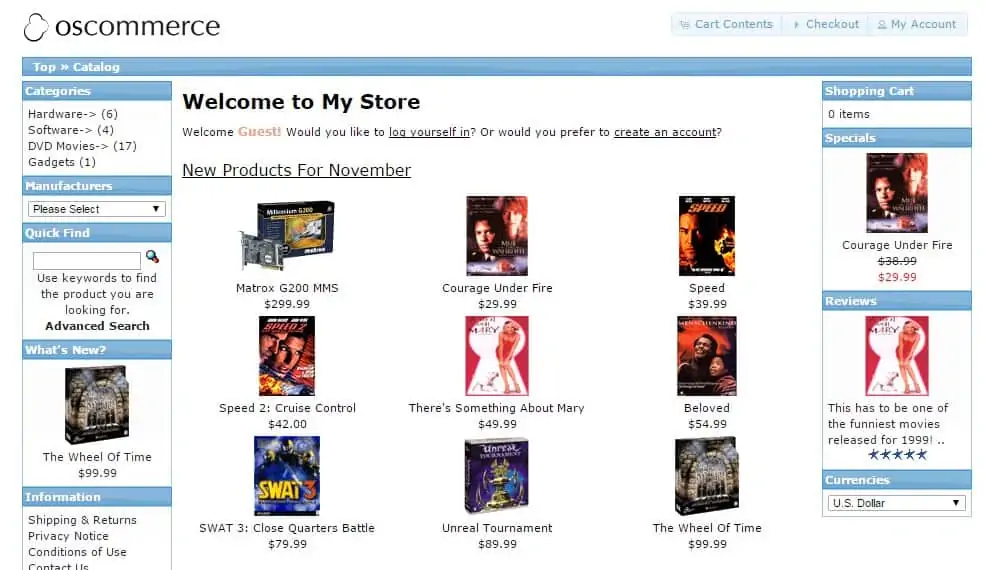
OsCommerce is one of the oldest e-commerce platforms out there. Since its inception in 2000, it’s earned the trust of thousands of people, powering over 205,605 websites. One of the best things about OsCommerce is that it’s an open-source platform. It has a huge community of developers that continuously improve it, making it the go-to for businesses in e-commerce.
Besides its open-source nature, OsCommerce is known for its impressive customizable options. Just like with WordPress, business owners and marketers can fully customize their store’s functionality without a long learning curve. Whether they want something conservative or bolder to appeal to their clientele, the choice of OsCommerce templates and plugins is stunning.
Another cool thing about OsCommerce is that it supports multiple payment gateways, including PayPal and Authorize.net. This makes it a flexible solution for businesses looking to service a wide range of customers and broaden their reach.
Furthermore, OsCommerce boasts a vast choice of shipping options. For businesses that operate globally – or plan to tap into the international market – this particular functionality is incredibly valuable. By offering various shipping methods, they can cater to different customers’ needs and streamline their logistics for both local and international orders.
Last but not least, OsCommerce is one of the best platforms for integration with third-party content management platforms. This means businesses that rely on various tools to manage their online presence can seamlessly integrate it with any CMS of their choice for efficient management of their site from a single platform.
All of these features, combined with its impressive flexibility, make OsCommerce one of the top solutions for businesses seeking a no-code platform to effectively target their online customers.
However, OsCommerce isn’t completely flawless. Just like any other platform out there, it’s got its own set of flaws. Let’s look at the key pros and cons of OsCommerce so you can decide if this is the platform you want to use.
Pros
- Highly customizable and open-source;
- Large community and plugin support;
- Highly scalable, making it perfect for businesses of various sizes;
- No licensing costs;
- Real-time tracking and quoting;
- Multiple payment gateway support.
Cons:
- Outdated interface and design;
- The installation process requires technical knowledge.
WooCommerce
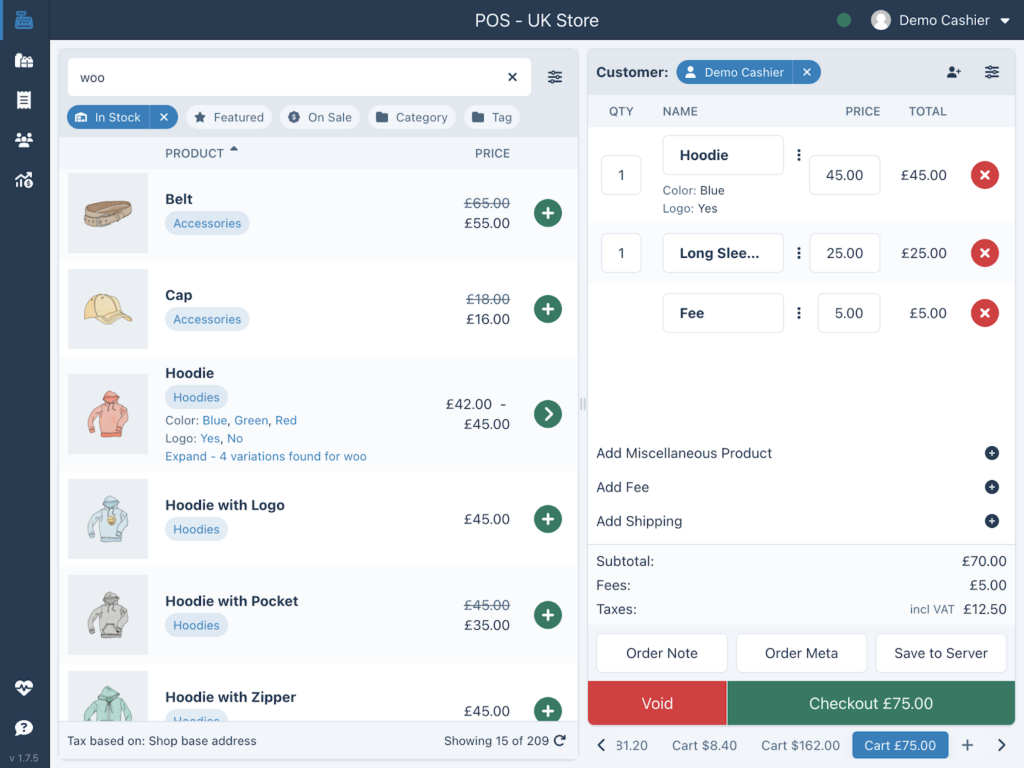
WooCommerce is a user-friendly e-commerce plugin designed for WordPress users. With over 8 million active installations, it’s no wonder WooCommerce tops the list of the most popular e-commerce platforms on the market today. If you’re already familiar with WordPress, using WooCommerce feels more like using an extension of the platform rather than a new tool.
What makes WooCommerce stand out from the rest is its flexibility. The platform offers thousands of plugins and themes, allowing businesses to tailor their online store and extend its functionality as they see fit. Whether it’s custom product filters that you want to add or email marketing tools, WooCommerce has got you covered.
In the same vein as OsCommerce, WooCommerce’s range of payment and shipping features is nothing to sniff at. Here, you’ve got a vast choice of options to connect, including major credit cards and digital wallets. All orders, both local and global, can be tracked in real time, making inventory and logistics management seamless.
The best thing about WooCommerce is that it’s rather affordable, making it suitable for small and large businesses alike. The core plugin is free, which means you will only need to pay for premium features or add-ons as your business grows.
What about shortcomings, you may ask? Let’s dig deeper and see how they stack up against the pros.
Pros:
- Easy to set up and manage, especially for those familiar with WordPress;
- Highly customizable;
- Scalable;
- Free core plugin;
- Strong community support;
- Flexible payment and shipping options;
- Seamless WordPress integration.
Cons:
- Performance can slow with heavy customization;
- Many advanced themes and plugins come with a price;
- Requires good hosting;
- Limited without plugins.
SoloMono
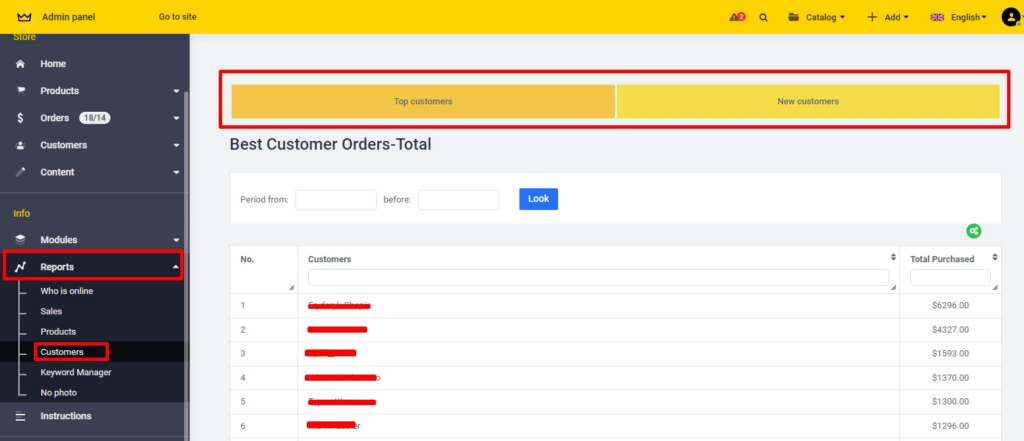
SoloMono is another e-commerce platform that has been growing in popularity recently. It’s a budget-friendly solution, making it particularly popular among small and medium-sized businesses.
There are many great things about SoloMono. They themselves pride their platform on being lightweight and lightning fast, which should tick the box for business owners who do not want to splurge any money on high-end servers.
Aside from speed, SoloMono is famed for its open-source nature, meaning businesses can access and adjust the platform’s code to fit their unique needs. This gives a lot of flexibility when it comes to online store customization. More importantly, all visual and functional changes can be done even by a non-tech-guru, making it ideal for SMBs with no dedicated IT team.
One of the standout features of SoloMono is its mobility-first approach. Seeing how many people access the Internet via their mobile phones these days, this responsiveness is a big edge. On top of that, their websites come already SEO optimized, allowing businesses to see quick growth on Google without spending much time and effort on promotion.
Just like OsCommerce and WooCommerce, SoloMono allows for various integrations, including platforms such as ChatGPT, KeyCRM, Telegram, and more. It also supports various payment options, ensuring customers who come to the site can pay for an order with any preferred method.
However, it’s not without limitations, even though they claim the opposite. Here’s a quick breakdown of the pros and cons of SoloMono:
Pros:
- Budget-friendly and lightweight;
- Open-source, allowing for customization;
- Mobile-first approach;
- Easy to use, especially for beginners;
- Built-in SEO tools.
Cons:
- Limited features compared to larger platforms;
- Fewer themes and plugins;
- May not scale well for larger businesses.
Drupal Commerce
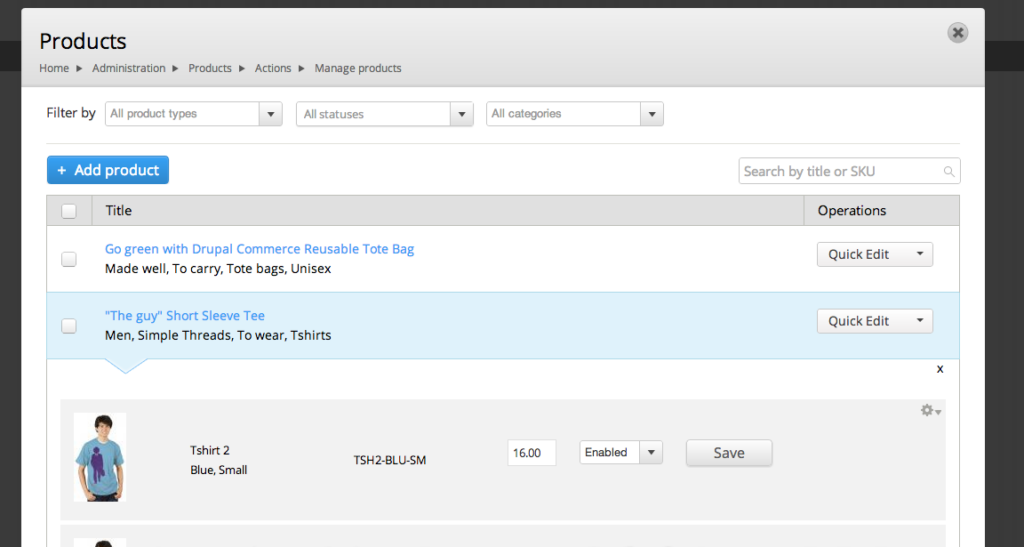
Another powerful platform on the list, which is worth considering, is Drupal Commerce. Built on the Drupal content management system, it’s highly customizable and flexible, making it a great option for businesses that need a customizable solution. It’s particularly well-suited for large enterprises or businesses that need multi-channel or multi-language support.
One of the strengths of Drupal Commerce is its seamless integration with Drupal. Those business owners who have already been using Drupal would find it very convenient since all of the updates to the content or product listings won’t require any effort.
On top of that, this platform offers excellent SEO features. Websites built with Drupal tend to rank pretty high on search engines, and they also make it easy to make changes to each individual product page, making it a perfect tool for marketers and content managers.
There are many cool things about Drupal Commerce, including multiple payment options, a vast array of customizable themes and plugins, seamless order management, and so on. The whole thing was made to make building a perfect online store an easy job. What about the flipside of the coin? And do the benefits outweigh the cons?
Pros:
- Highly customizable and flexible;
- Ideal for large businesses with complex needs;
- Multi-channel and multi-language support;
- Excellent SEO capabilities;
- Seamless integration with Drupal CMS;
- Enhanced security features.
Cons:
- Requires significant technical expertise;
- Complex to set up and manage, especially for small businesses;
- Higher cost of maintenance compared to other platforms;
- Fewer plugins and themes compared to WooCommerce or Magento.
Magento
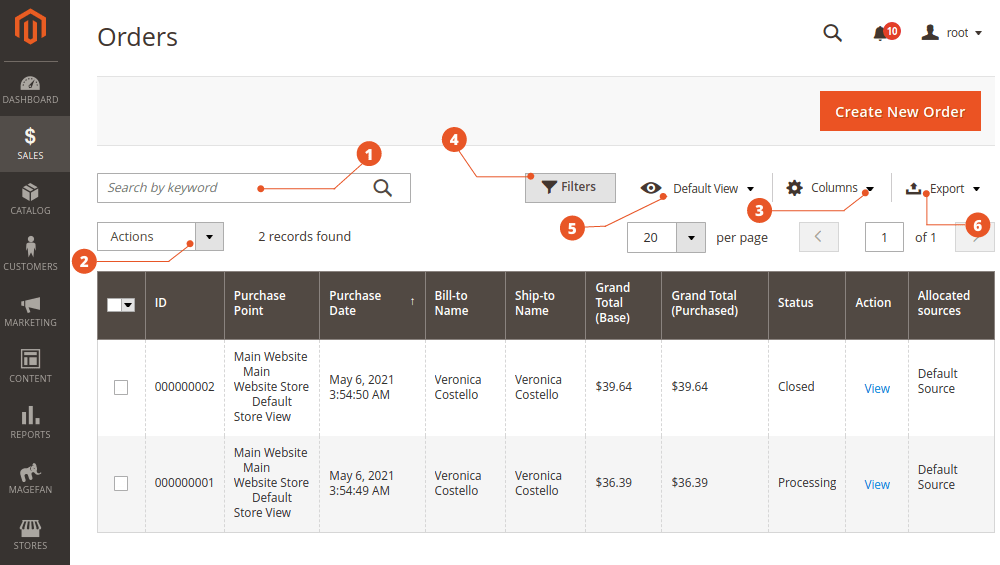
Last but not least is Magento, a platform known for its scalability and ability to handle large inventory and traffic. A favorite among large businesses, this platform has already surpassed the threshold of over 2.5 million downloads, bringing it on par with other e-commerce giants.
What sets Magento apart is its flexibility and customization options. Just like WooCommerce and OsCommerce, it comes loaded with features and plugins, making it ideally suited for businesses with complex product catalogs.
At the same time, small businesses can benefit from it as well. You don’t have to pay for all advanced features right away. All the add-ons can be added later as your business grows, making it a go-to solution for businesses that start small but have big plans for the future.
One of the key strengths of Magento, without a doubt, is its modular architecture, which allows businesses to add, remove, and customize features as needed. If you don’t like the preset theme or the functionality of your store, you’re free to play around with extensions until you find something that fits your needs.
Another important feature of Magento is its high performance. While it’s not the most straightforward e-commerce platform on the market, it’s definitely no slouch when it comes to loading speeds and traffic load capacity.
Choosing the right Magento web hosting can significantly impact these performance metrics. Magento also offers robust security features, which is critical for protecting both your business and your customers’ data. Its frequent updates and patches help safeguard your store from emerging threats.
Additionally, Magento’s strong community support means you’ll have access to a wide network of developers and experts ready to assist with troubleshooting or custom development.
Coupled with its ability to support multiple stores from a single platform, Magento is a real powerhouse for businesses with global reach.
Let’s take a deeper dive into the pros and cons of Magento.
Pros:
- Highly customizable;
- Modular architecture;
- Scalable;
- Supports multiple stores;
- SEO-friendly;
- Strong community and developer support.
Cons:
- Technical expertise required;
- Expensive;
- Requires powerful hosting solutions to ensure high performance;
- Not as user-friendly as other platforms like WooCommerce or SoloMono.
Conclusion
To wrap the whole thing up, the choice of the right e-commerce platform primarily depends on your business size, technical expertise, and future goals.
For example, OsCommerce and Magento, known for their extensive set of customizable options, might be overkill for businesses with no dedicated IT team. At the same time, WooCommerce, while user-friendly and easily customizable, might not offer enough functionality for large enterprises that have complex product catalogs and deal with international orders.
Hopefully, after reading this guide, you’ve had a chance to compare the key pros and cons of each of these platforms and can now make an informed decision as to which one of them fits your business needs best.
Posted in blog, E-commerce
Alex Carter
Alex Carter is a cybersecurity enthusiast and tech writer with a passion for online privacy, website performance, and digital security. With years of experience in web monitoring and threat prevention, Alex simplifies complex topics to help businesses and developers safeguard their online presence. When not exploring the latest in cybersecurity, Alex enjoys testing new tech tools and sharing insights on best practices for a secure web.
Web & Cloud
Monitoring
